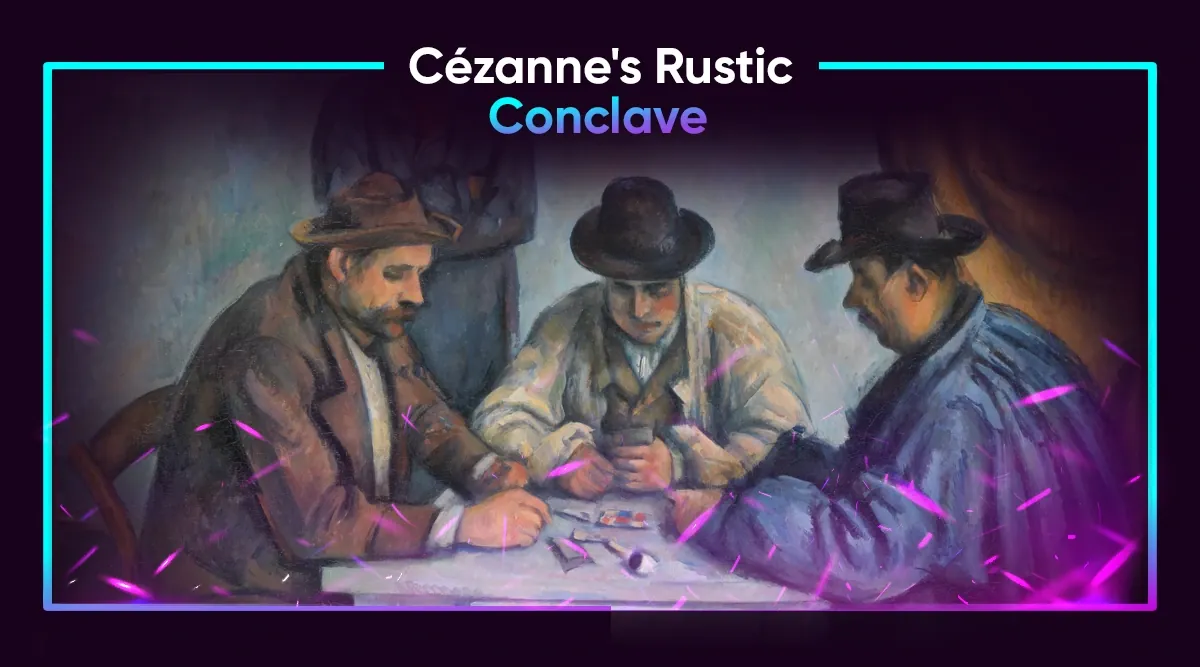
In the early times of the 19th century, card casino games were often a pastime among the peasants, who, after a long day, would often gather around for some fun time. In this period, Frenchman Paul Cézanne took some of his unique style of works to his painting series, including the card players painting, capturing the essence of quiet moments shared among working-class men engaged in a game of cards. The card players’ painting series comprises multiple canvases, each subtly revealing the complexities of interpersonal relationships and the essence of daily existence.
In this casino news, we’ll search history to explore everything about the card players’ paintings, and how the artist illustrated a card game very different from the ones we regularly see in the online casino setting.
Who Created the Card Players Painting?
The Card Players Painting is considered a creation of French artist Paul Cézanne in the early 1890s. This masterpiece falls among a series of five oil paintings featuring peasants engrossed in playing cards. Unlike sophisticated rowdy depictions from the 17th century that featured card players being too noisy at a fun traditional festive table, Cézanne’s chosen scenes are calm, lacking drama and traditional storytelling. Surprisingly, one version of these paintings set a staggering $250 million record price in the 2000s.
Cézanne broke away from the norm, replacing rowdy Deuces Wild gamblers with serious merchants who knew how to count cards in poker or blackjack games in a much simpler setting. The people in these paintings were local farm workers who looked focused, just like the artist was when he painted them. Each scene portrays men absorbed and steadily focused on their card game, with cards as their major means to interact. These works are considered crucial in Cézanne’s artistic journey that spans through the early-to-mid 1890s as a prelude to his later acclaimed pieces.













